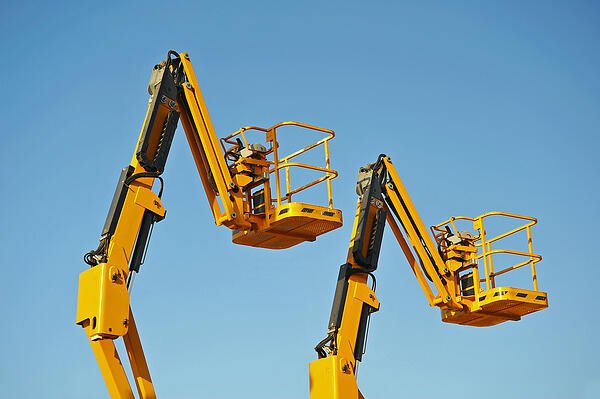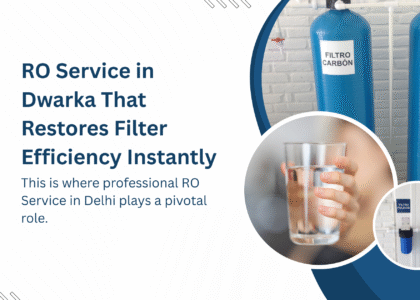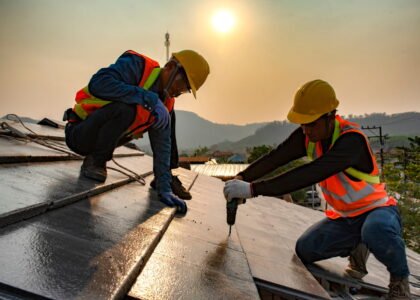In the world of construction, maintenance, and facilities management, access equipment plays a crucial role in getting the job done efficiently and safely. Among the most transformative innovations in recent years is the low-weight EWP (Elevating Work Platform) cherry picker. These machines are changing how professionals approach worksite access — not just for convenience, but for cost-effectiveness, safety, and overall project performance.
Let’s dive into why low-weight EWP cherry pickers are rapidly becoming the go-to solution across a wide range of industries.
What Is a Low-Weight EWP Cherry Picker?
A low-weight cherry picker is an aerial work platform designed to lift personnel and tools to elevated positions — but with a key differentiator: it is engineered with lightweight materials and compact design to reduce the machine’s overall weight without compromising reach or functionality.
These machines can be:
- Trailer-mounted
- Self-propelled
- Electric-powered or hybrid
- Built with aluminum or composite materials to reduce mass
Key Benefits Revolutionizing Worksites
1. Improved Access in Weight-Sensitive Areas
Traditional cherry pickers often struggle in environments where ground load capacity is limited. This includes:
- Suspended floors (shopping centres, data centres, office towers)
- Soft ground or landscaped areas
- Historic buildings or fragile surfaces
Low-weight EWPs exert significantly less pressure on these surfaces, allowing work in areas previously inaccessible with heavier equipment.
2. Enhanced Transportability
One of the biggest logistical headaches in worksite operations is transporting large, heavy equipment. Low-weight cherry pickers simplify this:
- Can be towed on smaller trailers (often by utes or light commercial vehicles)
- Lower fuel costs for transport
- No need for heavy-duty trucks or special permits in many cases
This makes deployment faster, more flexible, and more cost-effective, especially for small contractors or regional operators.
3. Reduced Ground Disturbance
Low-weight EWPs are ideal for landscaped or finished sites where heavy machinery could damage the ground or flooring. They:
- Minimize turf damage
- Prevent scarring on decorative or finished concrete
- Are less likely to crack tiles or polished surfaces indoors
This is particularly valuable in schools, hospitals, museums, and commercial interiors where site preservation is critical.
4. Energy Efficiency & Sustainability
Many low-weight EWPs are battery-powered or hybrid, which:
- Reduces emissions on indoor or enclosed sites
- Lowers fuel usage on outdoor projects
- Supports green building practices and environmental compliance
In sectors increasingly focused on sustainability, these cherry pickers help projects meet their environmental goals.
5. Easier Maneuverability in Tight Spaces
Lightweight models tend to have:
- Compact footprints
- Tighter turning radiuses
- Greater suitability for narrow access points
This makes them perfect for:
- Indoor warehouses
- Urban construction sites
- Retrofitting and renovation projects
Operators benefit from better control and efficiency, especially when navigating cluttered or space-constrained environments.
6. Cost Savings Across the Board
From transport to fuel, site remediation to compliance costs, low-weight EWPs can significantly reduce overall project costs:
- Lower hire and delivery fees
- Less surface damage = fewer repairs
- Improved efficiency = faster job completion
- Fewer staff required to reposition or guide equipment
For rental companies and contractors alike, these savings can add up quickly
Industries Adopting Lightweight EWPs
Low-weight cherry pickers are gaining traction across multiple sectors, including:
- Construction & Fit-outs
- Facility Management
- Events & Entertainment
- Tree Maintenance & Landscaping
- Telecommunications & Utilities
- Heritage Restoration
Their flexibility makes them a smart investment or rental for short-term and long-term use cases alike.
Are There Trade-Offs?
While low-weight EWPs offer many advantages, it’s worth considering potential trade-offs:
- Lower lifting capacities than heavy-duty models
- Shorter vertical reach on some compact models
- May not be ideal for rugged, off-road terrains
However, for the vast majority of indoor and light-duty outdoor work, the advantages far outweigh the limitations.
Final Thoughts
Low-weight EWP cherry pickers are more than just a trend — they’re a game-changing evolution in how we approach elevated access. They provide safer, more flexible, and more sustainable solutions for modern worksites, without the compromises that come with traditional heavy machinery.
As industries continue to prioritize efficiency, sustainability, and site adaptability, expect lightweight EWPs to become an essential part of every serious contractor’s equipment lineup.





